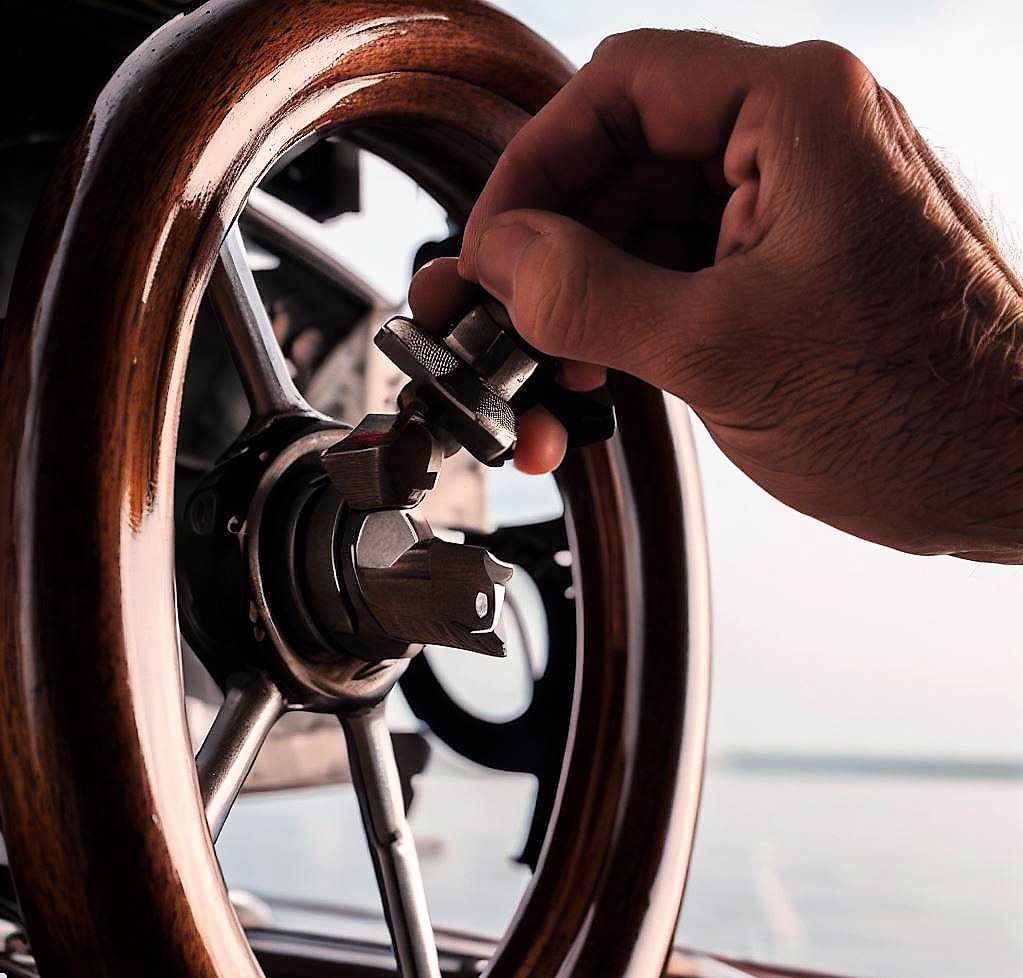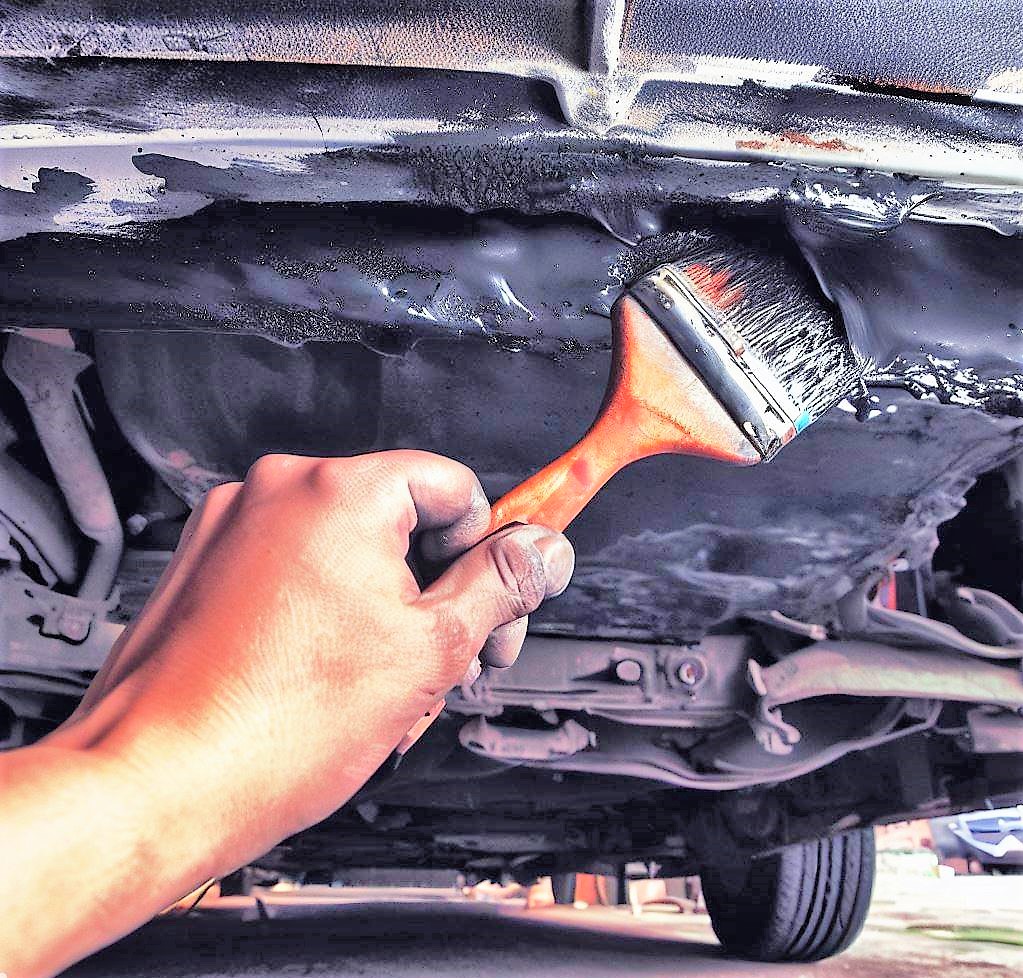Boat Steering Wheel Play Adjustment
Boat steering wheel play adjustment is an essential aspect of maintaining optimal performance and safety while navigating the waters. The steering system is the primary control mechanism for any boat, and any deviation from its optimal settings can lead to instability, poor control, and even accidents. Boat owners and operators must understand the importance of steering wheel play adjustment and how to identify and correct any issues that may arise.
Steering wheel play refers to the degree of movement or looseness of the steering wheel before the boat starts to turn. The play can be caused by several factors, including wear and tear, misalignment, or damage to the steering system components. As such, it is crucial to identify the underlying cause of the play and perform the necessary adjustments to restore the system’s optimal functioning.
This article provides a step-by-step guide to adjusting boat steering wheel play, the tools needed, and maintenance tips to ensure the system’s longevity.
Understanding the Importance of Steering Wheel Play Adjustment
The significance of steering wheel play adjustment lies in its ability to enhance the safety and performance of the boat by reducing the likelihood of accidents caused by insufficient control over the vessel’s steering system. Boat owners and operators must understand the importance of properly adjusting the steering wheel play to ensure they have optimal control over the vessel during navigation.
The steering wheel play refers to the amount of movement the wheel can turn without affecting the direction of the boat’s movement. When the steering wheel play is too loose, the vessel’s steering system may not respond adequately to the operator’s commands, leading to unpredictable and dangerous movements. On the other hand, if the steering wheel play is too tight, it may be challenging to turn the wheel, limiting the operator’s ability to navigate the boat effectively.
In both cases, the safety of the passengers and the boat may be compromised. Therefore, it is essential to find the right balance by adjusting the steering wheel play according to the manufacturer’s instructions.
Moreover, steering wheel play adjustment is critical for maintaining the boat’s performance and prolonging its lifespan. A poorly adjusted steering wheel can cause unnecessary wear and tear on the steering system components, leading to premature failure and costly repairs. By regularly adjusting the steering wheel play, boat owners can ensure that the steering system functions optimally, reducing the risk of mechanical failure and increasing the boat’s longevity.
Therefore, all boat owners and operators must understand and prioritize the importance of steering wheel play adjustment.
Identifying the Causes of Steering Wheel Play
Identifying the underlying factors contributing to the looseness in the mechanism responsible for directional control enables one to develop an effective solution.
One of the most common causes of steering wheel play is worn-out tie rod ends. These are the components that connect the steering gear to the steering knuckle, allowing the wheels to turn. Over time, the tie rod ends can wear out, leading to excessive play with the steering wheel.
Another common cause of steering wheel play is a worn out steering gearbox. The steering gearbox is responsible for converting the rotational motion of the steering wheel into the linear motion of the wheels. If the gearbox is worn out, it can result in excessive play in the steering wheel.
Another factor that can lead to steering wheel play is loose or worn out steering column components. The steering column is the part of the vehicle that connects the steering wheel to the steering gear. Over time, the components in the steering column can wear out, leading to excessive play in the steering wheel.
Additionally, loose or worn out suspension components can also contribute to steering wheel play. The suspension system is responsible for providing a smooth ride and ensuring that the tires maintain contact with the road. If the suspension components are loose or worn out, it can lead to excessive play with the steering wheel.
Identifying the causes of steering wheel play is crucial to developing an effective solution. Worn-out tie rod ends, a worn-out steering gearbox, loose or worn-out steering column components, and loose or worn-out suspension components are all factors that can contribute to steering wheel play. By addressing these underlying issues, one can restore proper directional control and improve the overall driving experience.
Preparing the Tools Needed for Adjustment
To effectively address the underlying causes of looseness in the mechanism responsible for directional control, it is necessary to gather the appropriate tools for the adjustment process.
The first tool needed is a wrench, which will be used to tighten the nut securing the steering wheel to the steering shaft. This is an important step in the adjustment process, as a loose nut can cause significant play in the steering wheel. The size of the wrench will depend on the size of the nut, which can vary depending on the make and model of the boat.
The second tool needed is a socket wrench with an extension bar. This tool will be used to adjust the play in the steering linkage, which is another common cause of steering wheel play. The extension bar is necessary to reach the adjusting nut, which is often located in a tight space. It is important to use the correct size socket to avoid damaging the nut or the surrounding components.
The third tool needed is a pair of pliers, which will be used to adjust the tension in the steering cable. This is another common cause of steering wheel play, as a loose or improperly tensioned cable can allow the steering wheel to move more than it should. The pliers will be used to turn the adjusting nut on the cable, which will increase or decrease the tension as needed. It is important to use gentle pressure when turning the nut to avoid damaging the cable or the adjusting mechanism.
Having the right tools for the job can make the difference between a successful adjustment and a frustrating, time-consuming process.
Failing to use the correct size socket or wrench can lead to stripped nuts or damaged components, which can be costly to repair.
Taking the time to gather the appropriate tools before starting the adjustment process can save time and frustration in the long run.
Step-by-Step Guide to Adjusting Boat Steering Wheel Play
Accurately adjusting the mechanism responsible for directional control in a boat can give boaters a sense of confidence and safety while out on the water. One of the key components of this mechanism is the boat steering wheel. Over time, boat steering wheel play can develop, which can result in poor handling, reduced control, and even safety hazards. Fortunately, adjusting the boat steering wheel play is a relatively simple process that can be done with the right tools and knowledge.
To start, locate the steering system’s tilt tube and loosen it with a wrench. Then, turn the steering wheel to the right until it stops and mark the position of the wheel. Next, turn the wheel to the left until it stops, and mark this position as well. The distance between these two marks represents the amount of steering wheel play that needs to be adjusted.
Now, place a wrench on the tension nut located on the tilt tube and turn it clockwise to tighten the steering system. Take note of how the tension nut moves and keep tightening it until the desired amount of steering wheel play is achieved.
Once the play is eliminated, recheck the steering wheel’s range of motion to ensure that it is not too tight or binding. Finally, test the boat in calm waters to ensure that the steering system is working correctly.
With these simple steps, boaters can enjoy a safer and more enjoyable boating experience.
Maintaining Your Boat’s Steering System for Optimal Performance
Maintaining a boat’s steering system is crucial for ensuring optimal performance and preventing potential safety hazards, which can enhance boaters’ confidence and enjoyment on the water. Regular maintenance of the steering system includes checking for any signs of wear and tear on the steering wheel, cables, and pulleys. This is important because any damage to these components can cause steering failure, leading to a loss of control of the boat.
Additionally, it is important to keep the steering system properly lubricated. The steering cables and pulleys should be greased regularly to make sure they move smoothly without any friction. This helps to prevent wear and tear on the components, which can lead to steering problems. It is also important to inspect the steering system for any signs of corrosion or rust, which can weaken the components and cause steering failure.
It is recommended that boaters have their steering system inspected and serviced by a certified marine mechanic at least once a year. This can help to identify any potential problems before they become major issues and can ensure that the steering system is operating at peak performance.
By properly maintaining the steering system, boaters can enjoy a safe and enjoyable boating experience, free from any steering-related problems.
Frequently Asked Questions
How often should I adjust the steering wheel play on my boat?
The frequency of adjusting the steering wheel play on a boat varies depending on several factors. These include the type of boat, the usage frequency, and the type of steering system in place. It is advisable to consult the manufacturer’s manual for specific recommendations.
Can steering wheel play cause damage to other parts of my boat’s steering system?
Excessive steering wheel play can result in increased wear and tear on other components of the boat’s steering system, potentially leading to costly repairs. Regularly adjusting the play can help prevent damage and ensure the safe operation of the vessel.
Is it possible to over-tighten the steering wheel play adjustment?
Over-tightening the steering wheel play adjustment can lead to excessive wear and tear on the steering system, potentially causing damage to other parts. It is important to follow the manufacturer’s recommended guidelines and avoid overcompensating for any play in the steering wheel.
Can I adjust the steering wheel play on my boat by myself, or do I need to take it to a professional mechanic?
Adjusting the steering wheel play on a boat can be done by a knowledgeable individual, but it is recommended to have a professional mechanic do it to ensure proper adjustment and prevent any potential damage.
Are there any safety precautions I should take before adjusting the steering wheel play on my boat?
Prior to adjusting the boat steering wheel play, it is imperative to turn off the engine and remove the key to prevent any accidental movement. It is also advisable to wear protective gloves and goggles to avoid any injury during the adjustment process.
Conclusion
In conclusion, adjusting the boat steering wheel play is crucial for ensuring optimal performance and safety while navigating the waters. By identifying the root cause of the play and following the step-by-step guide, boat owners can make the necessary adjustments to reduce the play and improve steering accuracy.
It is essential to maintain the steering system regularly, including checking for wear and tear, lubricating the components, and conducting routine inspections. By doing so, boat owners can prevent potential steering failures that may lead to accidents and costly repairs.
Ultimately, proper boat steering wheel play adjustment is a critical aspect of boating maintenance, and every boat owner should understand its importance. By staying informed, taking necessary precautions, and performing regular maintenance, boat owners can enjoy their boating experience with confidence and peace of mind. Remember that safety on the water is paramount, and it starts with keeping your boat’s steering system in top condition.





Leave a Reply